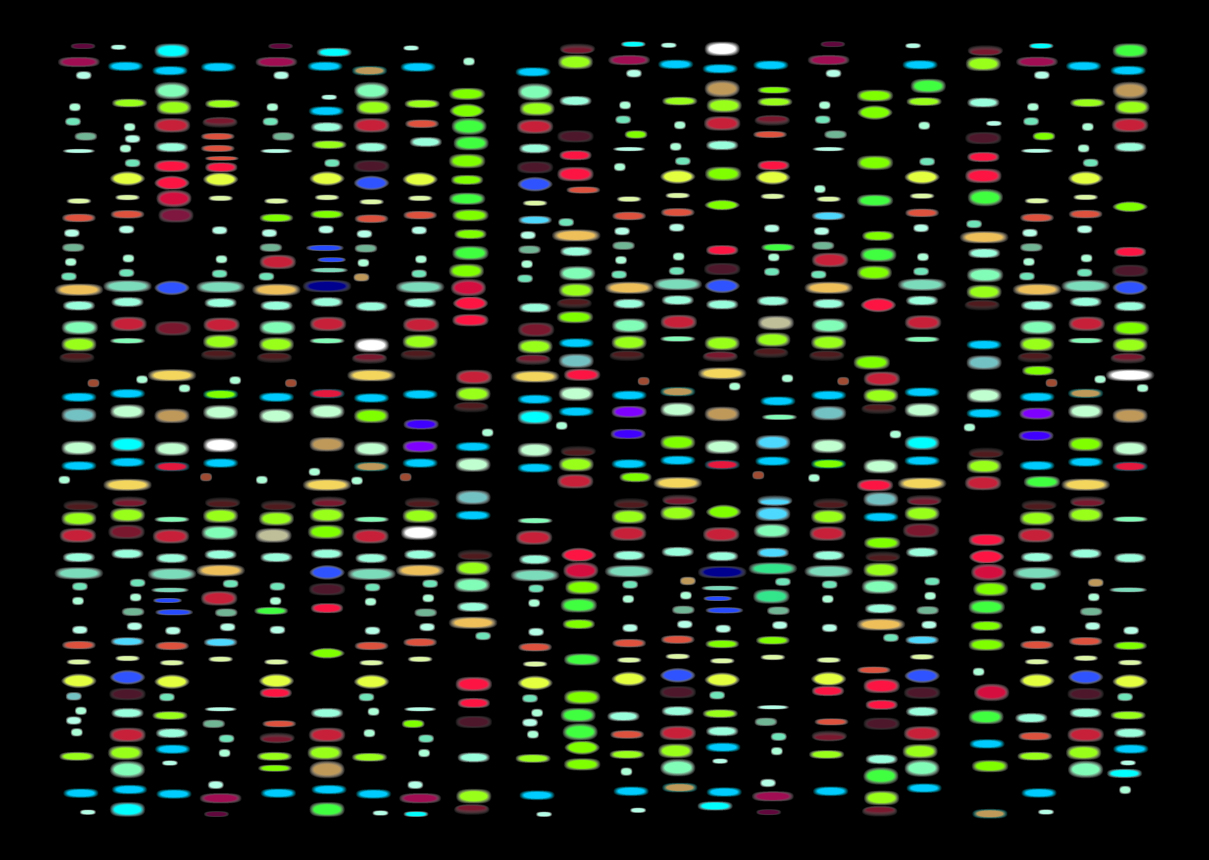Given the advancements in identifying one’s ancestry using online resources, it should not be surprising to learn that there has been a lot of social media noise about the so-called ancestry kits. If you don’t know why, try searching the internet and you will doubtlessly find several producers of the kits as well as more than twice as many analyzers of the data produced by these kits, with users complaining that the results contradict family reports.
Why all of the fuss?
While a site like ancestry.com requires one to identify generations before to map the rest of the connections, it also relies upon the provider of that history for a certain degree of its accuracy. As the adage goes, “garbage in will result in garbage out.”
So if great grandpa John had some of the facts confused with stories passed down from generations, then your ancestry.com may be a little different than your DNA actually shows. Ancestry results are a lot of the noise right now because the history does not match the genetics in some cases.
In the case of these mail away kits, a person’s saliva is needed and the kit instructions, which are quite
straightforward, must be followed exactly. However, even within this field, the way in which the data is analyzed and the results are reported still varies a little, and can thus result in one test results “feeling” more accurate than another.
To test or not to test
The challenge in any developing area of science, though, is the availability and source of the information to the average person. Most sites don’t actually help you understand your results, though, and advise you to talk to your doctor or a geneticist about your results. As such, there are less companies actually providing the reports that can help to analyze the data, which is better for the public, at least for now.
Timing is everything as it relates to learning more about one’s health. As health experts recommend, you should talk to a geneticist about your results before trying to make changes to your life. Caution is necessary because of the way in which the results are presented. Without a medical degree as well as some speciality as it relates to any one disease, the results often cause only fear and worry. And in extreme cases, the unknown future risk has caused people to make extreme current alterations.
Why more isn’t always better
Consider that the results that are provided are based upon some, but not all, of your genes. For example, 23andMe tests only one-tenth of your genes. Then consider that your entire genetic makeup is called a genome. But genes only make up 1.5 percent of the genome. The rest of that genetic material serves an unknown purpose. Your DNA test has provided you with results for 0.15 percent of all of your genetic material.
Then layer on the fact that simply because you have a gene for one thing (X) does not mean that you actually have that characteristic. Eye color would be one such example where two genes together determine your eye color. In order for you to have blue eyes you cannot have a brown eye gene, because if you have one brown eye gene you must have brown eyes, even if the other gene is a blue or green
eye gene.
Now consider that X represents one gene that can suggest a possible elevated risk of developing Y. In spite of the lack of evidence suggesting you are truly at any real risk for Y, you decide, without expert guidance and counseling, that even a chance of Y causes you extreme anxiety and must be eliminated now. How has that process helped to make you any healthier?
So how do you decide what is best for you?
Doctors first interview patients to learn about their symptoms and history. Only after they have a developed a working theory do they begin to consider medication and then maybe testing. To first order a lot of tests on a patient before ever using their training to determine what makes sense given that
unique patient’s history and symptoms would be malpractice.
They train for so many years because all of that training taken together with the presentation of the patient before them is what makes them better than genetic testing interpreted in isolation by a computer program.
Until more is known about how human genomes actually function, testing in isolation tells nothing more than what was known about that person before testing. However, there are many times when genetic testing can be invaluable for determining treatment for symptoms. The perfect example is
understanding the treatment that will work best for a particular diagnosis. Genetic testing can help pinpoint which drugs will be ineffective for a particular patient and which patient does not metabolize a drug effectively and instead keeps storing it within one’s body. This type of information only has value for the patient who needs to take medications to treat symptoms.
If you are considering getting tested and have a lot of patience (my results took over four months to come back due to the high response rate), then you might want to look at the Genes For Good’s free study being conducted by the University of Michigan, utilizing 23andMe kits (genesforgood.sph.umich.edu). Genes For Good is a research study aimed at generating and analyzing an enormous database of health and genetic information. The research will provide valuable biological insight into the causes of common diseases that can be used by qualified researchers from reputable institutions across the globe after de-identifying the data. To date, the study has 76,830 participants and has analyzed 22,884 genotypes from all 50 states.








Leave A Comment